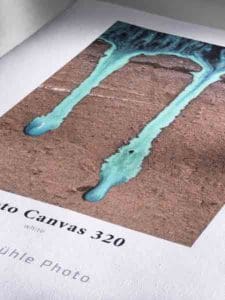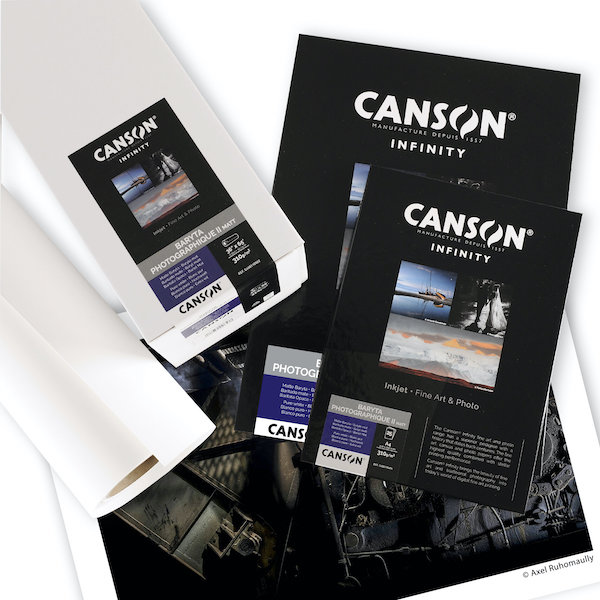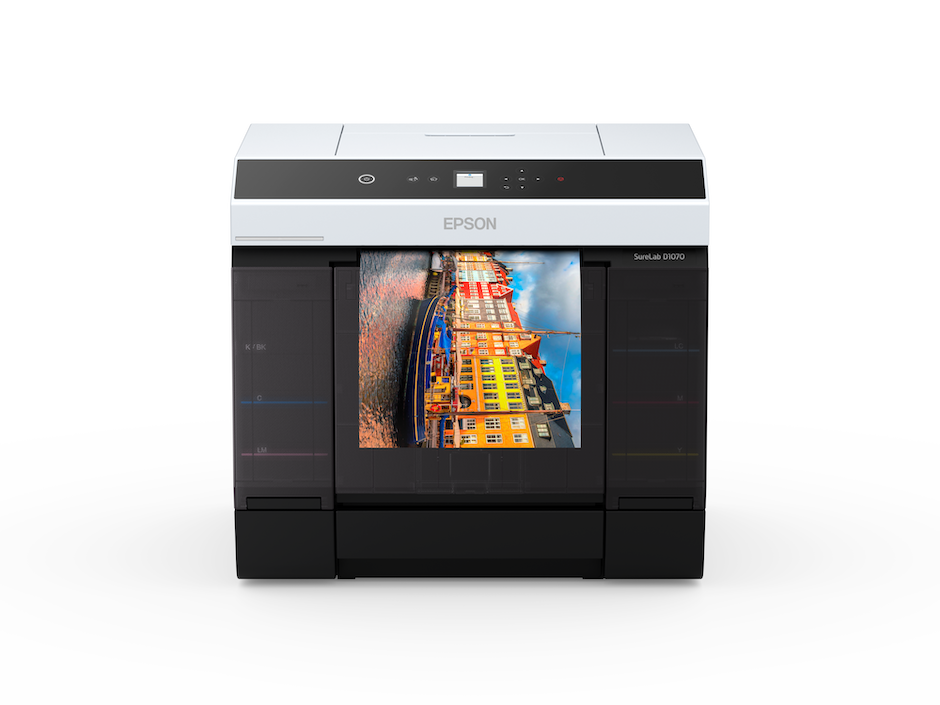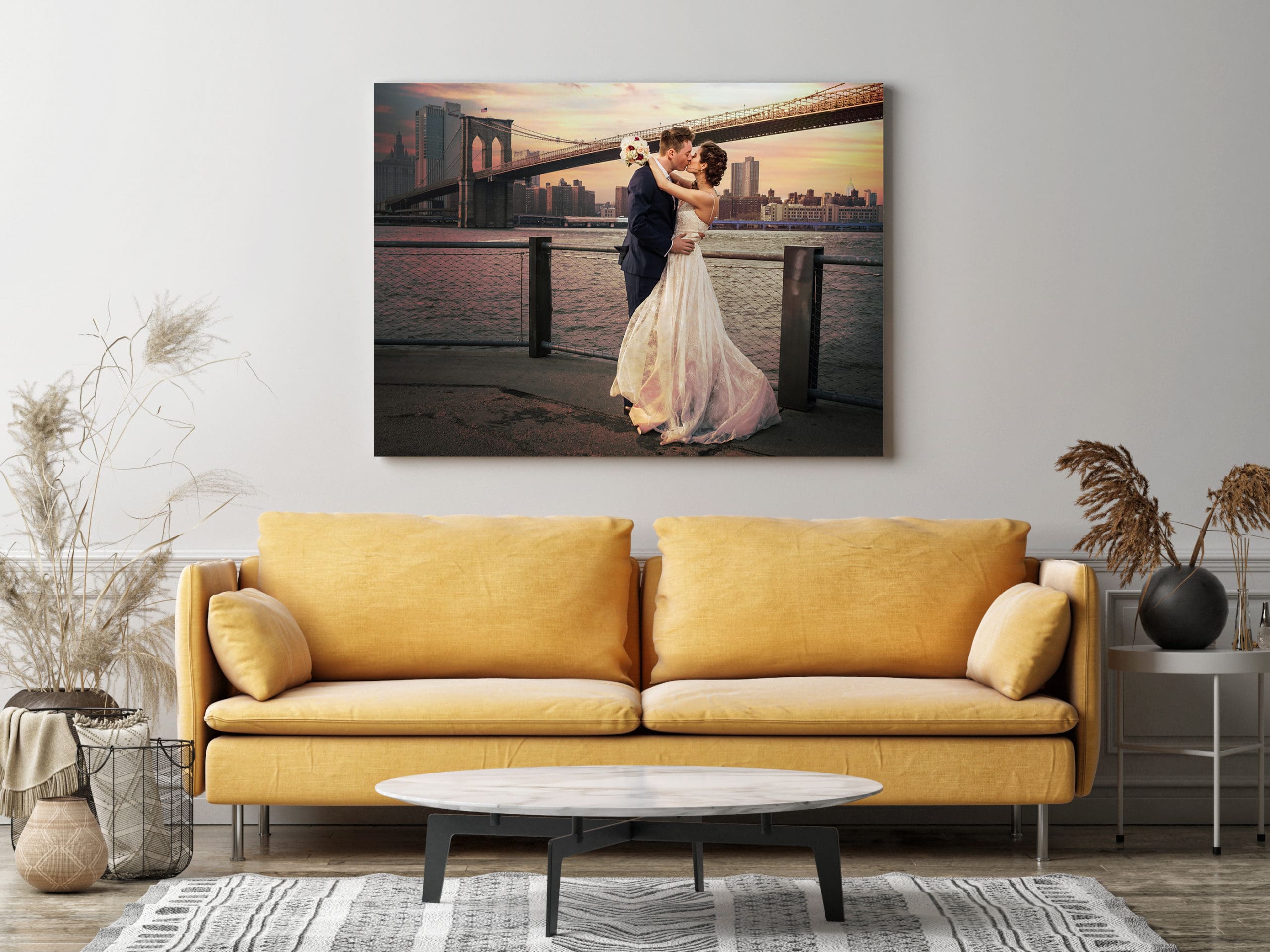Power of Print
Editor’s note: The images in this article are representative of paper types, not specific brand recommendations. There’s plenty of great paper out there to choose from in every category.
Glossy
Process: Inkjet
Why We Love It: Delivers colors that are saturated and bold and shows plenty of detail.
Great For: Competition prints, framed work and owners of high-resolution camera bodies.
Not As Great For: Clients—cast-coated glossy papers can look and feel more like plain paper.
Satin and Luster
Process: Inkjet
Why We Love It: Its textured surface reflects less light and can smooth skin tones.
Great For: Portraits.
Not As Great For: Images where very fine details are critical.

Matte
Process: Inkjet
Why We Love It: Matte’s smooth and non-reflective finish and variety of weights make it a beautiful choice for fine-art prints.
Great For: Landscapes, black-and-white prints, lower-contrast photos and portfolio images.
Not As Great For: Prints that will be handled often. Pigment inks can sit on the surface of matte papers, making them prone to scratching.
Cotton and Rag
Process: Inkjet
Why We Love It: Cotton papers usually deliver a warm white and a premium feel.
Great For: Portraits, fine art, nature scenes.
Not As Great For: High-volume prints, as it can be pricey.
Baryta
Process: Inkjet
Why We Love It: Delivers colors that are saturated and bold and shows plenty of detail.
Great For: Competition prints, framed work and owners of high-resolution camera bodies.
Not As Great For: Prints that will be handled often as the surface is typically delicate.

Canvas
Process: Inkjet
Why We Love It: The classic fine-art media, canvas can be stretched and hung for beautiful wall art with its no-glare surface.
Great For: Wall art, gallery wraps.
Not As Great For: Prints that will be handled often as ink can be scratched off the surface (coating it helps).
Wood
Process: Direct print using UV printer
Why We Love It: It’s durable, renewable, unique and fairly new to the market.
Great For: Natural scenes, outdoor or wooden subjects—trees, barns, George Washington’s dentures. Lighter images work best as they will show the wood grain.
Not As Great For: Dark images, as they obscure the wood grain. Portraits can be tricky too because wood grain will show on faces.

Metal Prints
Process: Dye-sub transfers or direct-to-metal printing using UV printers
Why We Love It: The metal resists damage from humidity, fading and is scratch-proof.
Great For: Images with silver, high-contrast, high-resolution and metallic subjects like cars, skyscrapers and robots.
Not As Great For: Portraits, since skin tones don’t always translate well on brushed aluminum.
Silver Halide
Process: Digital photographic
Why We Love It: This versatile material has a wide color gamut and continuous tone.
Great For: Mid-gloss photographic papers (between a matte and full glossy) are particularly suited for portraits.
Not As Great For: Long-term archiving as silver halide prints don’t resist fading as well as some inkjet paper or ink combinations.
Related: How To Create An Award-Winning Photo Print
How Photographers Can Sell More Photo Prints
WPPI Prizewinners Dissect Their Print Choices










